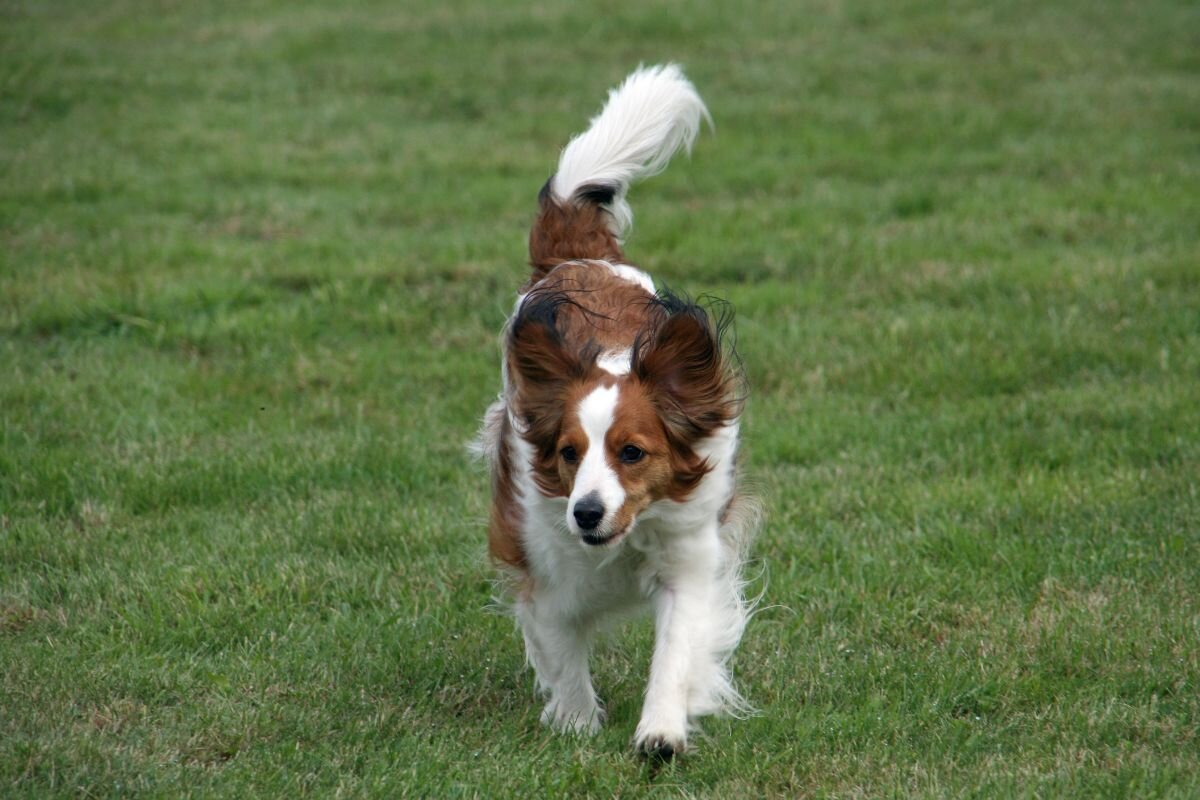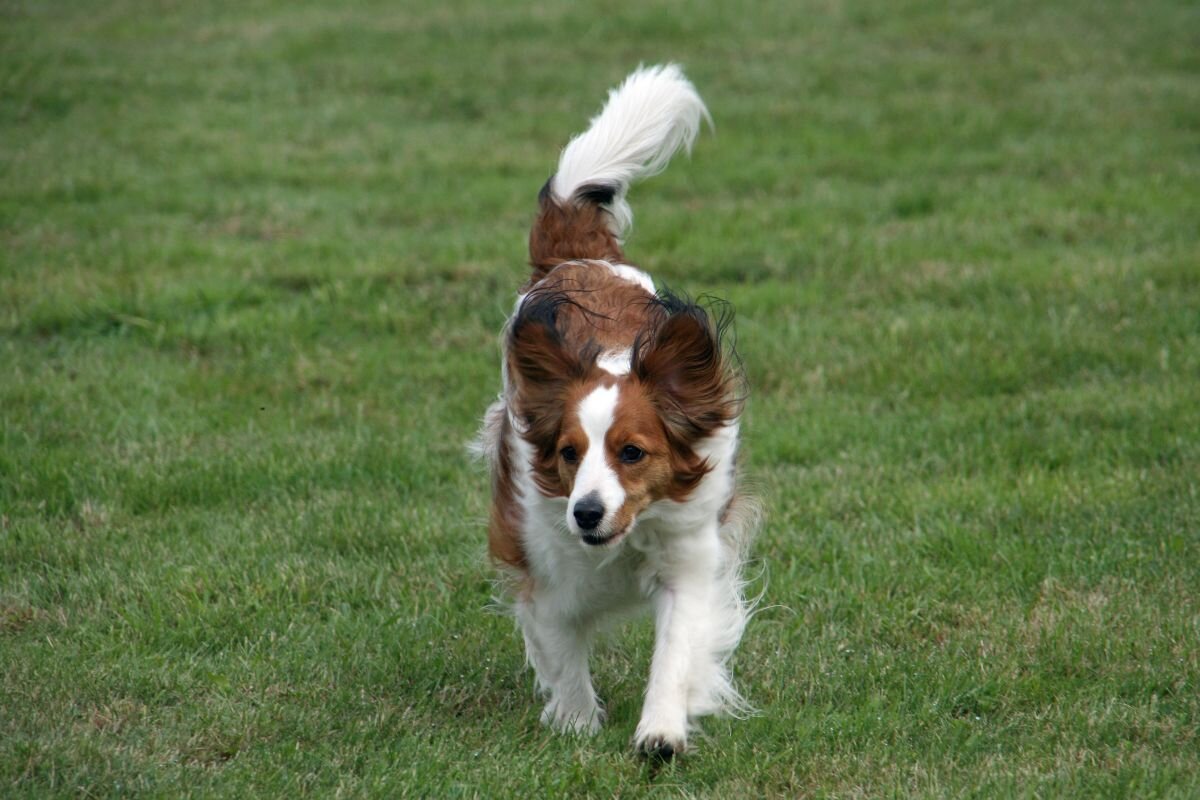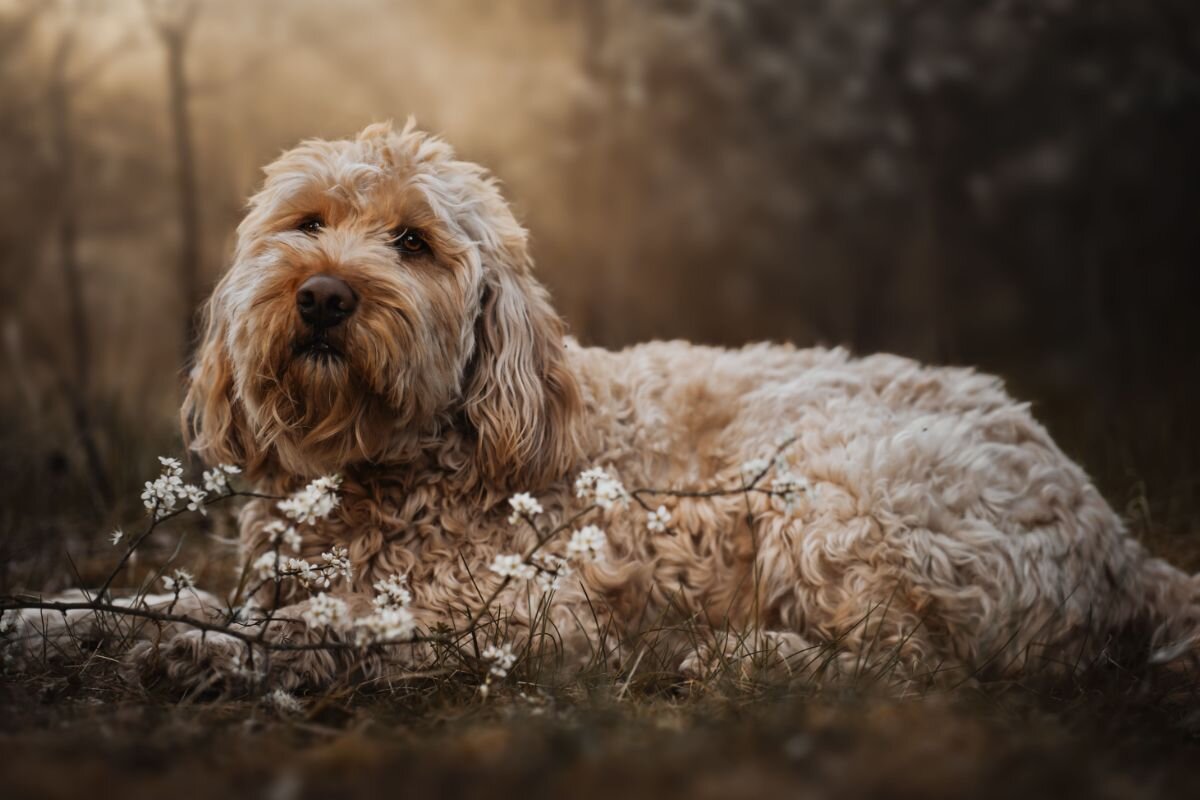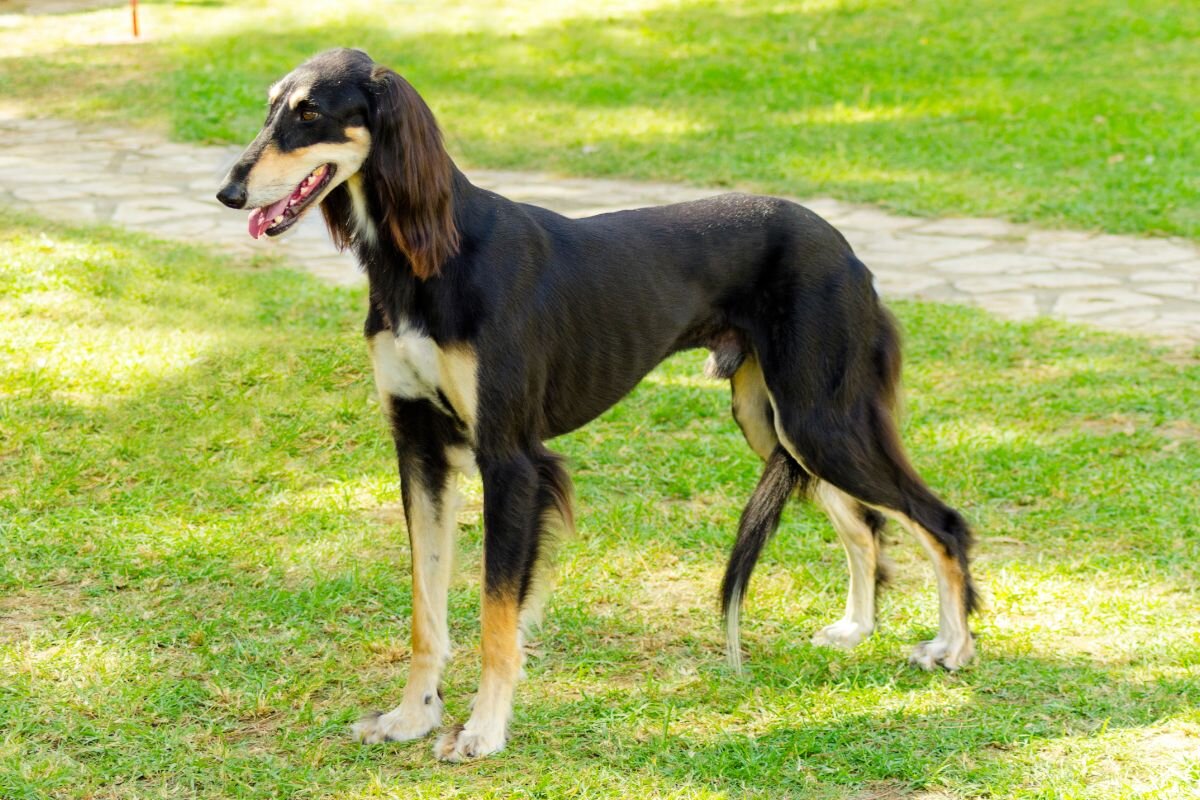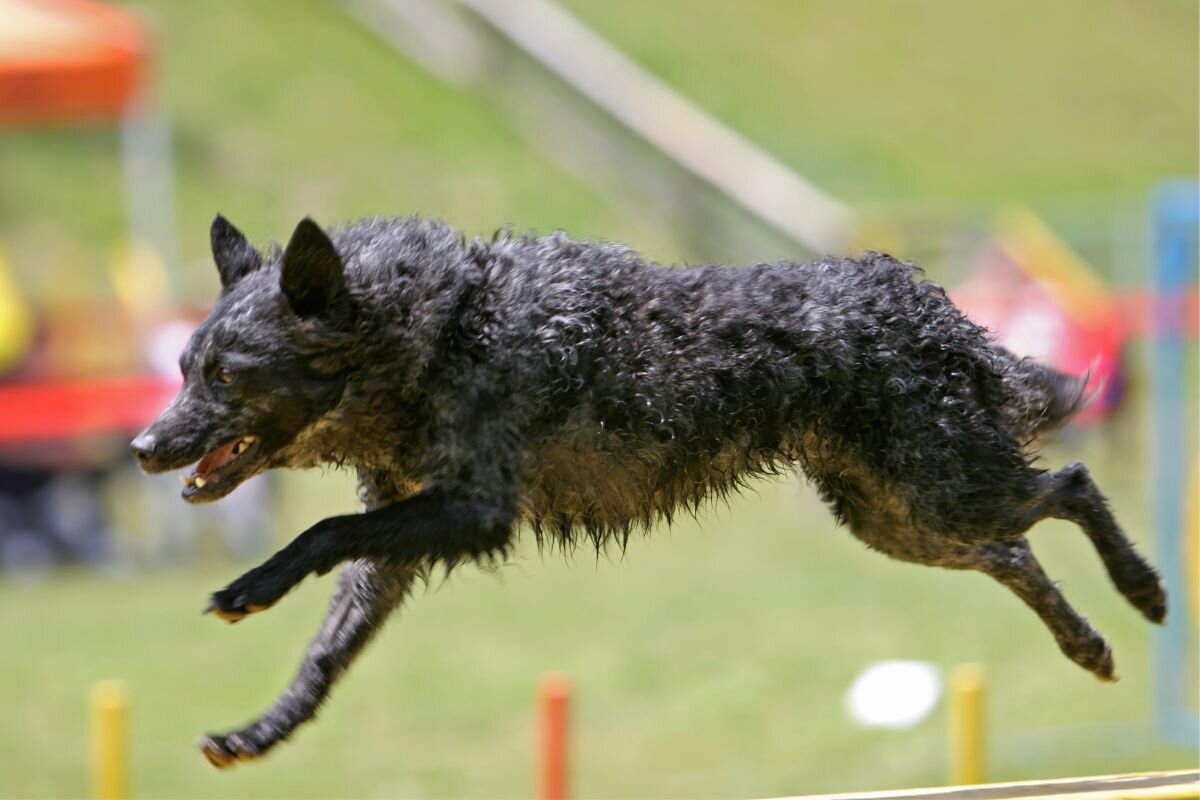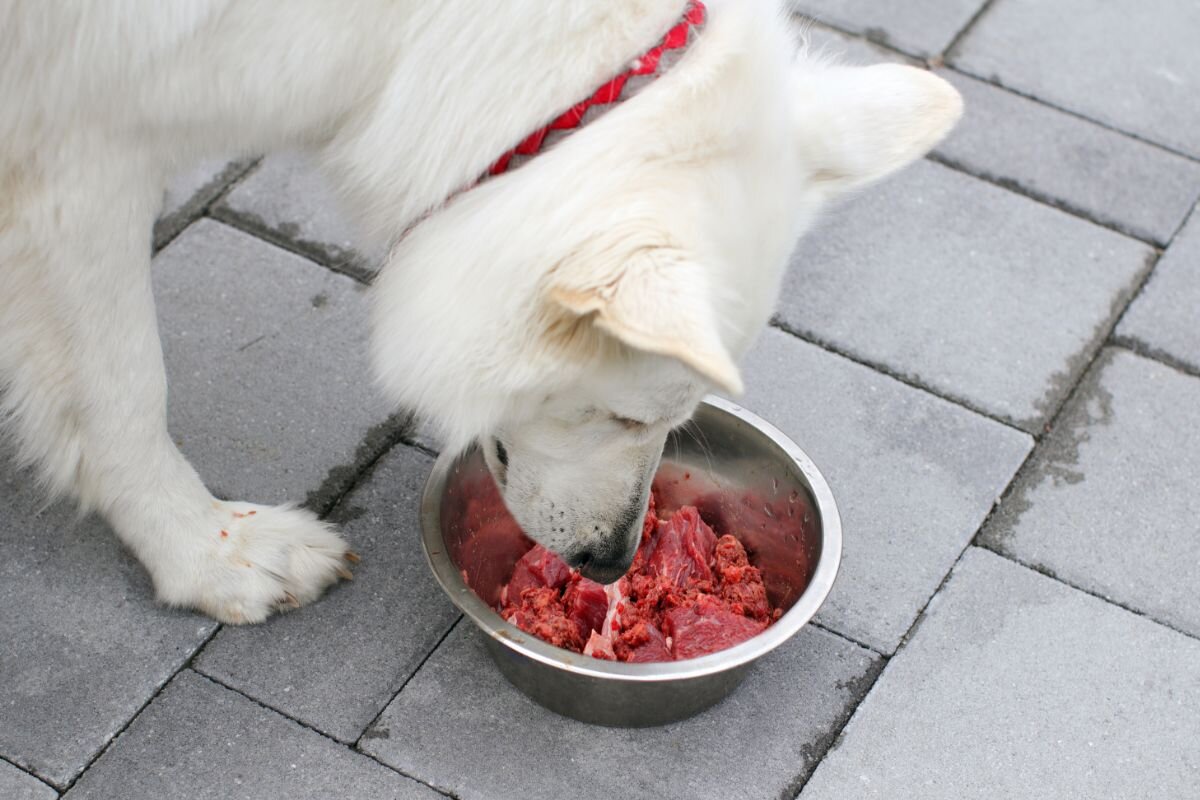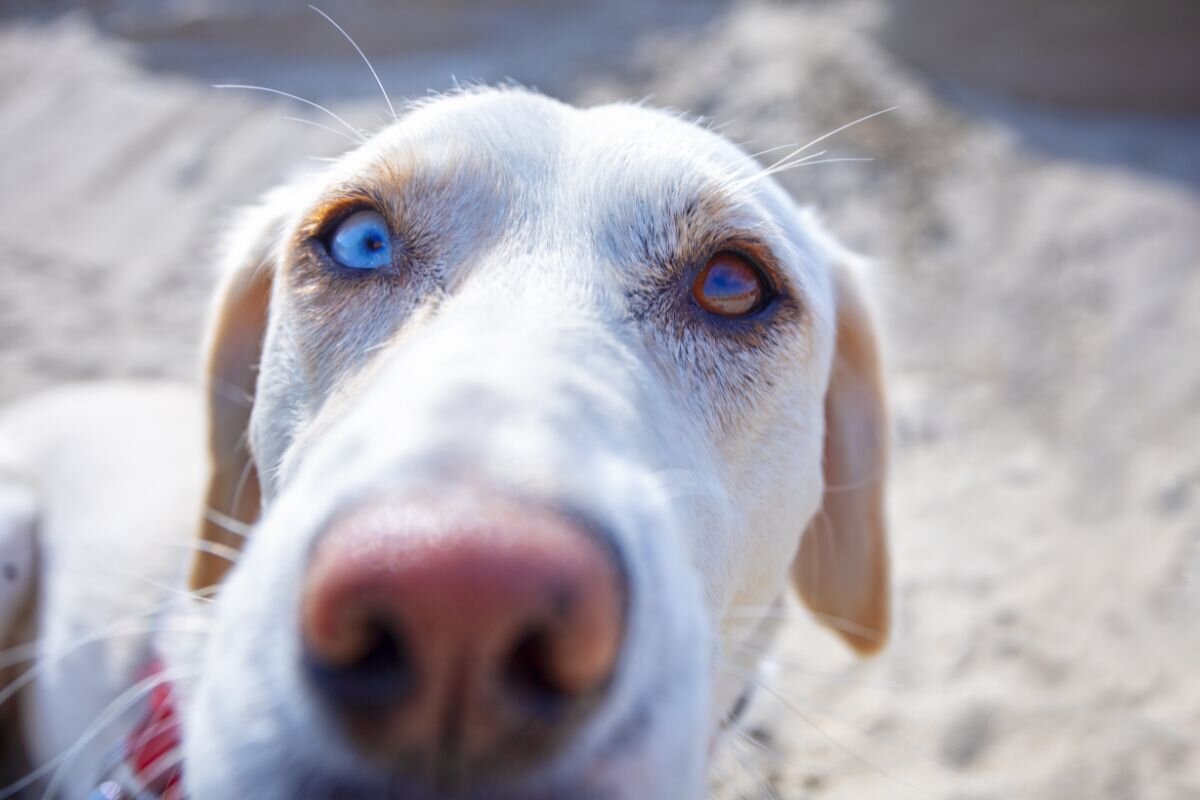Dogs - faithful companions of humans for thousands of years, and their variety is truly astonishing. Although many of us are familiar with popular breeds such as Labradors and German Shepherds, there is a whole hidden world of rare and unique dogs that remain largely unknown to the general public. These breeds, often overshadowing their more famous counterparts, allow us to glimpse into the rich palette of canine diversity, embodying unique histories, characteristics, and abilities that make them truly special. From ancient lines preserved through the efforts of breeders to modern breeds performing specific functions, these rare dogs are a testament to human ingenuity and the complexity of nature.
In this article, we will take a behind-the-scenes look and discover five rare dog breeds, delving into their origins, distinctive features, and reasons for their rarity. Exploring these "canine gems" not only expands our knowledge of our four-legged friends but also marvels at the amazing diversity that makes the dog world so captivating.
1. Kooikerhondje - Charming Dutch Duck Herder
Kooikerhondje is a charming and lively small breed from the Netherlands, historically bred to lure ducks into traps with dogs - a practice known as "kooien".
With its characteristic orange and white coat, expressive face, and wagging tail, the Kooikerhondje is not only charming but also excels in its original role. The intelligence, agility, and pleasant manners of this breed make it a versatile companion, capable of excelling in dog sports and as a pet.
Despite its wonderful qualities, the Kooikerhondje is considered a relatively rare breed even in its homeland, partly due to the history of its specialized breeding and the decline of traditional duck hunting methods.
However, in recent years, this unique Dutch breed has finally gained recognition from major kennel clubs, helping it step out of the shadows. Nevertheless, Kooikerhondje still remains quite rare and little-known among dog lovers. Their rarity and rich history make them a truly fascinating example of how people bred specialized breeds to meet their needs over the centuries.
2. Norwegian Lundehund - Dog for Puffin Hunting
From the picturesque Norwegian islands comes one of the most unique and rare dog breeds - the Lundehund. These small but fearless hunters were specifically bred for hunting puffins - large seabirds nesting in narrow crevices and steep cliffs.
What truly makes the Lundehunds special is their amazing physical adaptation to this challenging hunt. Thanks to incredibly flexible joints, they can literally fold themselves, tilting their heads back along the spine, and having six fully functional toes on each foot provides them with amazing grip on rocks when moving through the narrowest crevices and steep slopes.
In the past, these resilient and agile dogs were invaluable hunting companions for puffins. However, with the decline of this tradition, the population of Lundehunds rapidly decreased, and today they are considered one of the rarest dog breeds in the world.
Despite their hunting prowess, Lundehunds have friendly and curious personalities in a home setting, making them excellent companions. Their rarity is partially due to being bred for a very specific environment and tasks, limiting their spread beyond Norway.
The Norwegian Lundehund is a living reminder of the close symbiosis that existed between humans and dogs, demonstrating how some breeds were formed to accomplish specific tasks within society.
3. Otterhound - Forgotten "King" of Otter Hunting
The Otterhound is a large, shaggy breed originally bred in England for the now-outlawed otter hunting. This rare breed is characterized by its water-resistant double coat, webbed feet, and keen sense of smell, making it an exceptional swimmer and tracker. However, despite its hunting prowess and friendly, cheerful disposition, the Otterhound is one of the rarest dog breeds in the world today. Their population is rapidly declining even in their historical homeland.
The decline of this ancient breed is directly linked to the ban on otter hunting with dogs in the UK. Deprived of their traditional purpose, Otterhounds were on the brink of extinction. Those few who discover the Otterhound find loyal, affectionate friends and lively companions for active leisure.
The rarity of the Otterhound is a sad reminder of how closely the fate of dog breeds was intertwined with human activity and the ever-changing social norms throughout history. Perhaps this unique breed awaits its renaissance in a new role.
4. Graceful Saluki - the Borzoi of the East
The Saluki, one of the oldest dog breeds in the world, is revered for its incredible speed, grace, and endurance. These sighthounds were cherished companions of kings and nobility for millennia, often depicted in ancient art. Despite its origins and stunning appearance, the Saluki remains a relatively rare breed outside of the Middle Eastern countries. Known for its aloofness, elegance, and strong hunting instincts, combined with the need for regular physical exercise, make it a challenging but rewarding companion.
The rarity of the Saluki in the modern world can be attributed to its special grooming requirements and the niche role it plays as a sighthound, which may not appeal to the average dog owner. However, for those enchanted by the history and mystique of this ancient breed, Salukis offer a unique window into the millennia-old world of human-dog relationships.
5. Mudi - Hungarian Versatile Herder
From the green valleys of Hungary comes one of the most versatile and rare herding breeds - the Mudi. These energetic dogs with their curly coat and fearless temperament were bred to work with livestock and excelled at this task.
The intelligence, agility, and complete devotion of the Mudi make them "stars" among shepherd and working dogs. They shine in various dog sports such as agility and obedience. Their hardworking nature and adaptability allow Mudis to be used in diverse roles - from guarding to search and rescue work.
Despite this versatility, Mudis remain relatively unknown even in their homeland, overshadowed by more common Hungarian breeds such as Puli, Vizsla, and Komondor. The recognition of the Mudi as a distinct breed came relatively late. However, owners who have had the fortune to get to know these unique dogs quickly realize that Mudis are a true gem in the world of herding breeds, embodying the best working qualities, intelligence, and loyalty.
Final Thoughts
The world of dogs is much more diverse and intriguing than the average person might imagine, and rare breeds like Kooikerhondje, Norwegian Lundehund, Otterhound, Saluki, and Mudi allow us to peek into the lesser-explored corners of the multifaceted canine world.
Each of these breeds carries a unique centuries-old history, culture, and human ingenuity. Their rarity not only makes them special but also serves as a reminder of the countless ways dogs were bred to meet the needs of different human communities worldwide. Studying these rare breeds helps us appreciate the depth and breadth of the dog world, contributing to a deeper understanding and respect for these wonderful animals.

